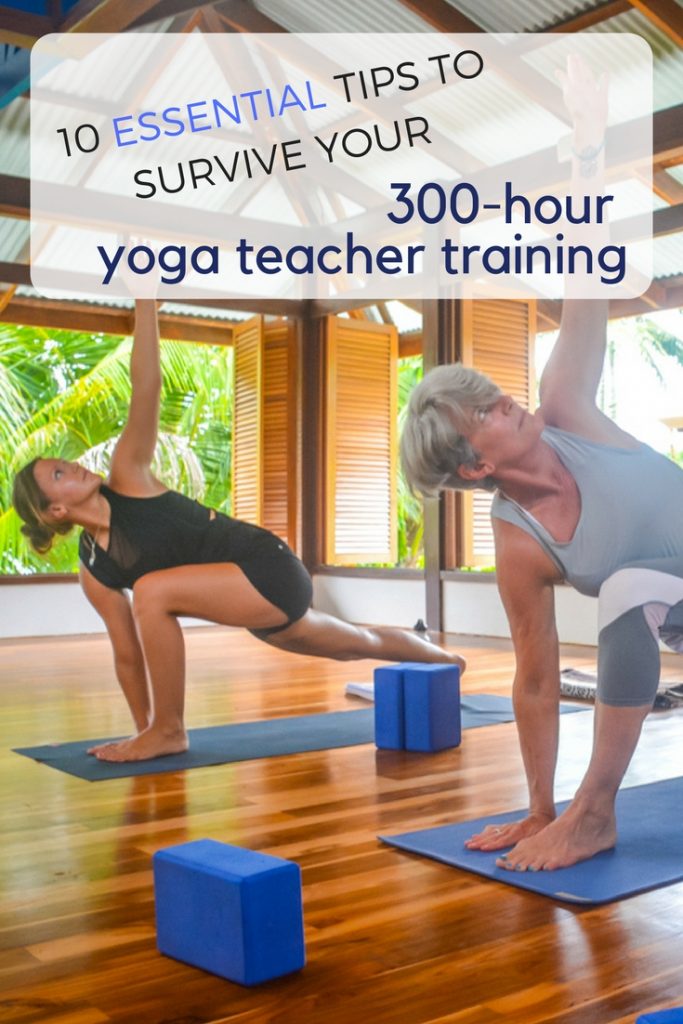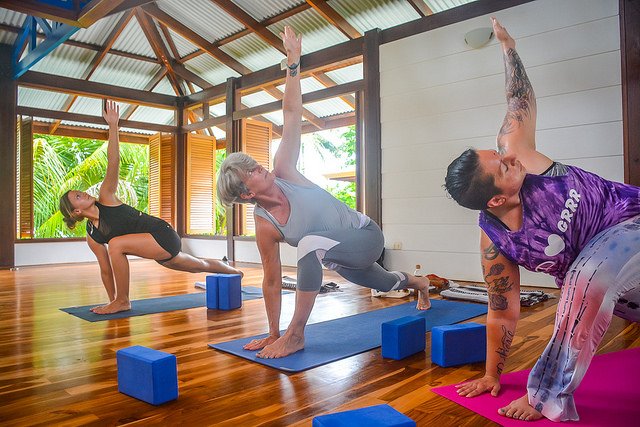Congratulations! You’ve registered for your advanced 300-Hour Yoga Teacher Training. You’re ready to take your practice and teaching to the next level, connect with your higher purpose, and emerge a month later refreshed and transformed.
But what happens between now and the other side? You’re in for a profound, life-changing experience. It’s going to take bravery and hard work to step into this next chapter of yogi entrepreneurship, so we have a few tips and tricks to help you along your journey.
300-Hour Yoga Teacher Training Tips
1. Be open to the teachings of your leaders, your fellow students, and the Universe. You are about to get a serious download of information for your brain, love for your heart, and fuel for your soul!
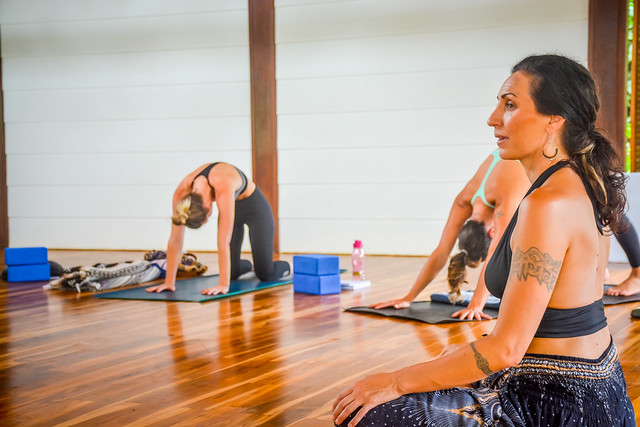
2. Ditch the Distractions. Set aside cell phones, social media, and your electronics. These things can distract from your practice, and from delving deeper into everything your 300-Hour Yoga Teacher Training has to offer.
Also, being well-rested is very important. Electronic devices are shown to throw off your natural Circadian rhythm and create disruptions in your sleep patterns. By all means, stay connected with home, but we suggest you do so in moderation. One of the great things about an immersion teacher training is the ability to unplug and truly focus.
3. Let yourself relax. An advanced 300-Hour Yoga Teacher Training is hard physical, mental and spiritual work. Just like a good Savasana, the daily pause you will have from practice and studying will be an opportunity to integrate and assimilate the skills and techniques you are learning. Allow yourself to truly indulge in your down time-you’ll be earning it! Blue Osa has books in the library, plenty of beach space, a tranquil pool, a full offering of spa services, and a peaceful temple to help you make the most of your relaxation.
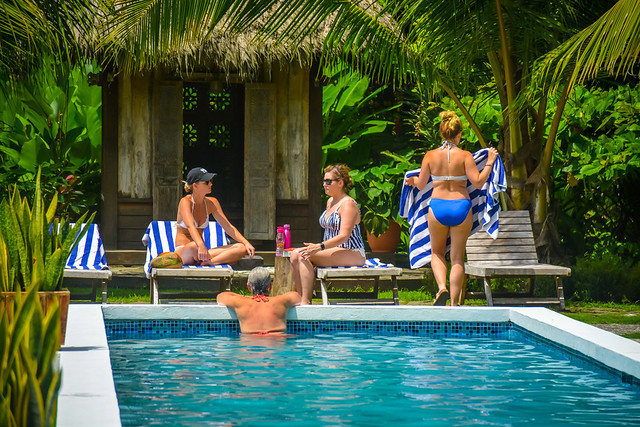
4. Ask plenty of questions. A major experience like a 300-Hour Yoga Teacher Training takes a lot of moxie, and we understand you probably have a lot going through your mind. We are excited to have you and to support you through this momentous time in your yoga journey. Please reach out to us with any questions, requests, or concerns.
5. Prepare to wake early and embrace silence. 300-Hour Yoga Teacher Training students at Blue Osa meditate with the sunrise every morning (read: 4:30 am wakeup time). Our silent time in the morning is sacred and is the perfect start to a mindful, peaceful day. There is plenty of time and space to howl at the moon when needed, so fear not!

6. Be willing to go deep. One of the purposes of your 300-Hour Yoga Teacher Training is to deepen your self-awareness and self-knowledge so you can help others do the same. Don’t be afraid to be vulnerable; take full advantage of this path to discovering your truest self.
7. Emotions, feelings and unresolved issues will come up. Deal with these things immediately. Don’t try to push them down, because they will continue to present themselves. They are an important part of growth. Practice patience and self-love, be gentle with yourself, and allow yourself the space to work through whatever might be dredged up. You have a whole community of fellow students and teachers around you to offer support through anything that comes your way during your training, and beyond.
Figuratively, leave anything behind that you feel won’t serve you during this training. You will return home with an abundance of new knowledge and an overwhelming sense of well-being. Try to leave your personal dramas and the dramas of others at home. You will be surprised how quickly they resolve themselves in your absence.
9. Be willing to go with the flow and try new things en route to your training and during your studies. Our best-laid plans hardly ever go as we expect them to. Try to be flexible, and just be where your feet are. It’s all going to be ok!
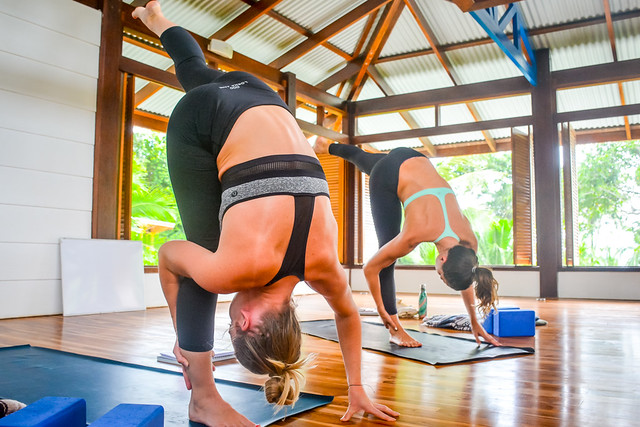
10. Ready yourself for being off-grid and low-maintenance. Blue Osa is an eco-resort, meaning there is no air conditioning, and no ability to use hair-styling tools, etc. We focus on conservation and being friendly to the environment around us. This contributes to the simplicity of, and integration with, your surroundings, so you can fully and truly immerse yourself into your practice and the teachings you will be receiving. Also, makeup melts right off in the jungle; remember that less is more, and allow your natural beauty to shine through!
In short, your 300-Hour Yoga Teacher Training will be a time of transformation, and an undertaking totally unique from anything you’ve ever done. Make a deep commitment to yourself and your time. Open your heart, work hard, and have fun!
About the author:

Casey Siemasko is a content marketing consultant, travel blogger, and wandering yogi. An entrepreneur at heart, she is the co-founder of the award-winning travel blog A Cruising Couple. Besides yoga and travel, she enjoys wine tastings, being outdoors and taking on new hobbies. Follow Casey on LinkedIn and Google+.
Follow Casey:
Read Casey’s stories!
See Casey on LinkedIn.
Pin It!
